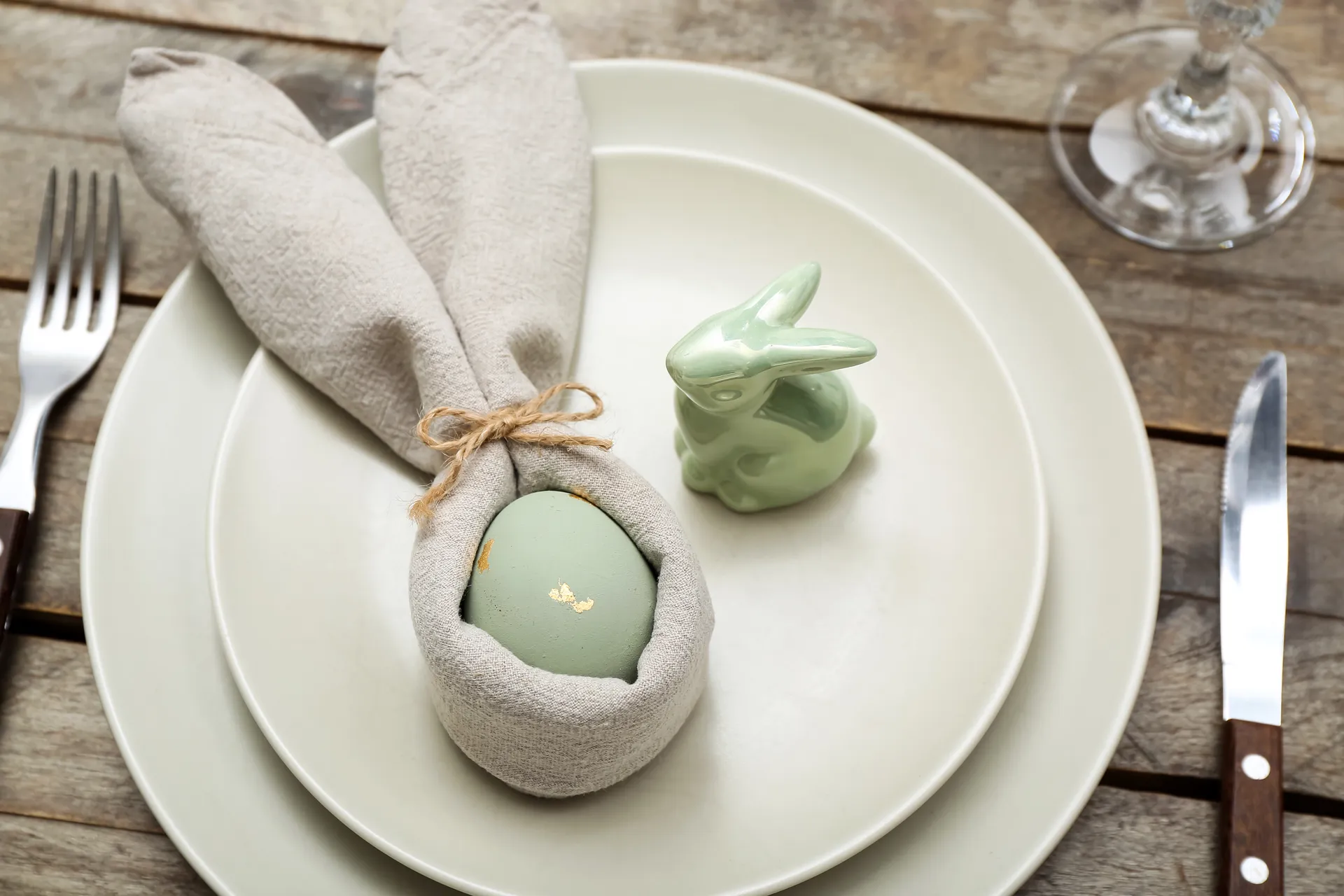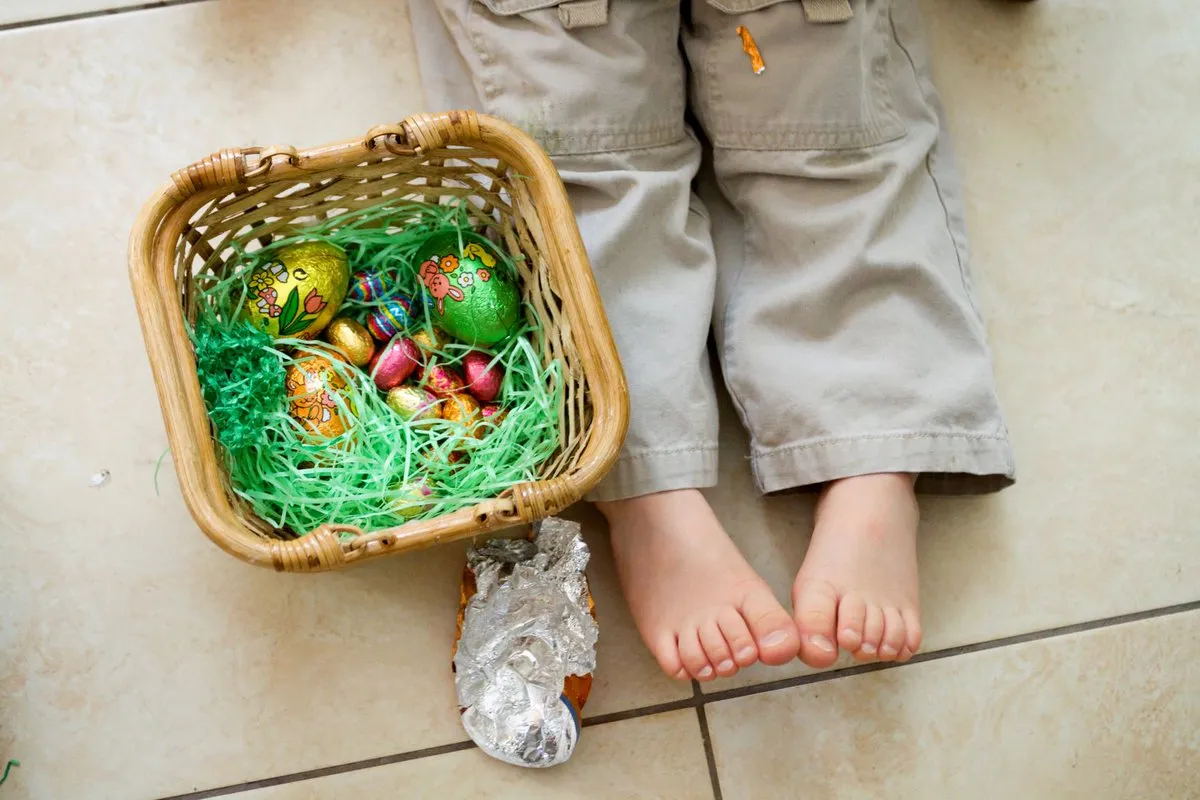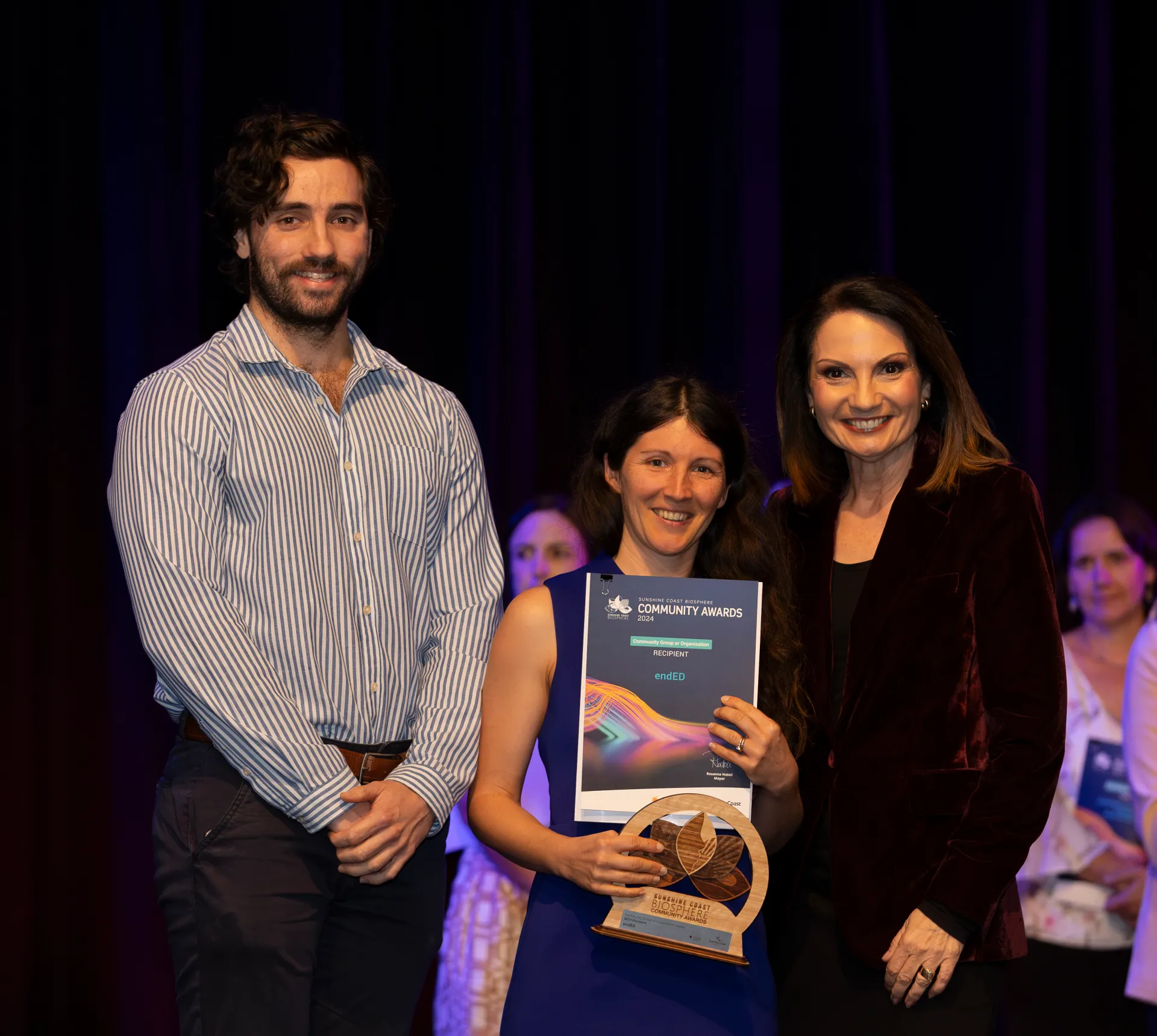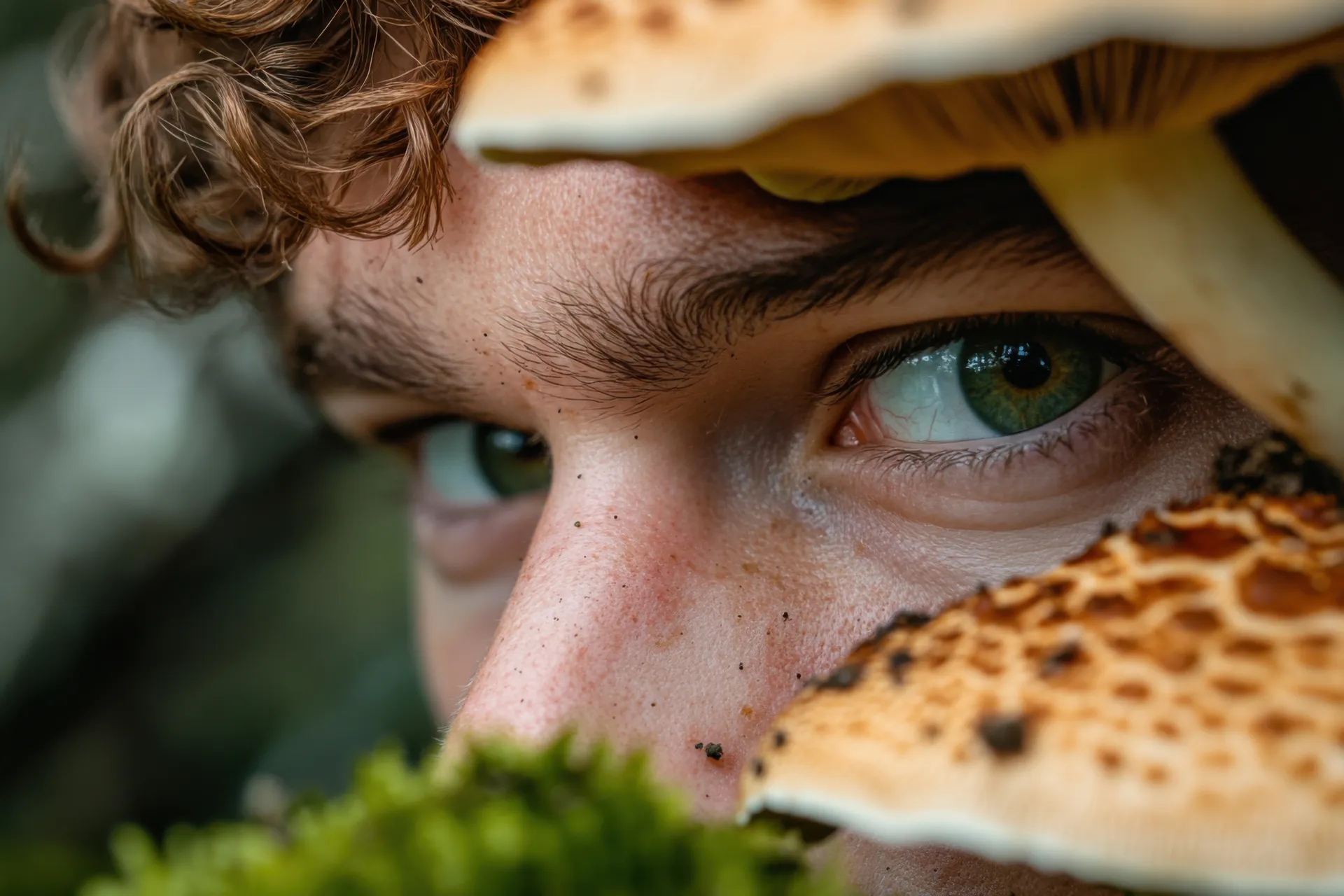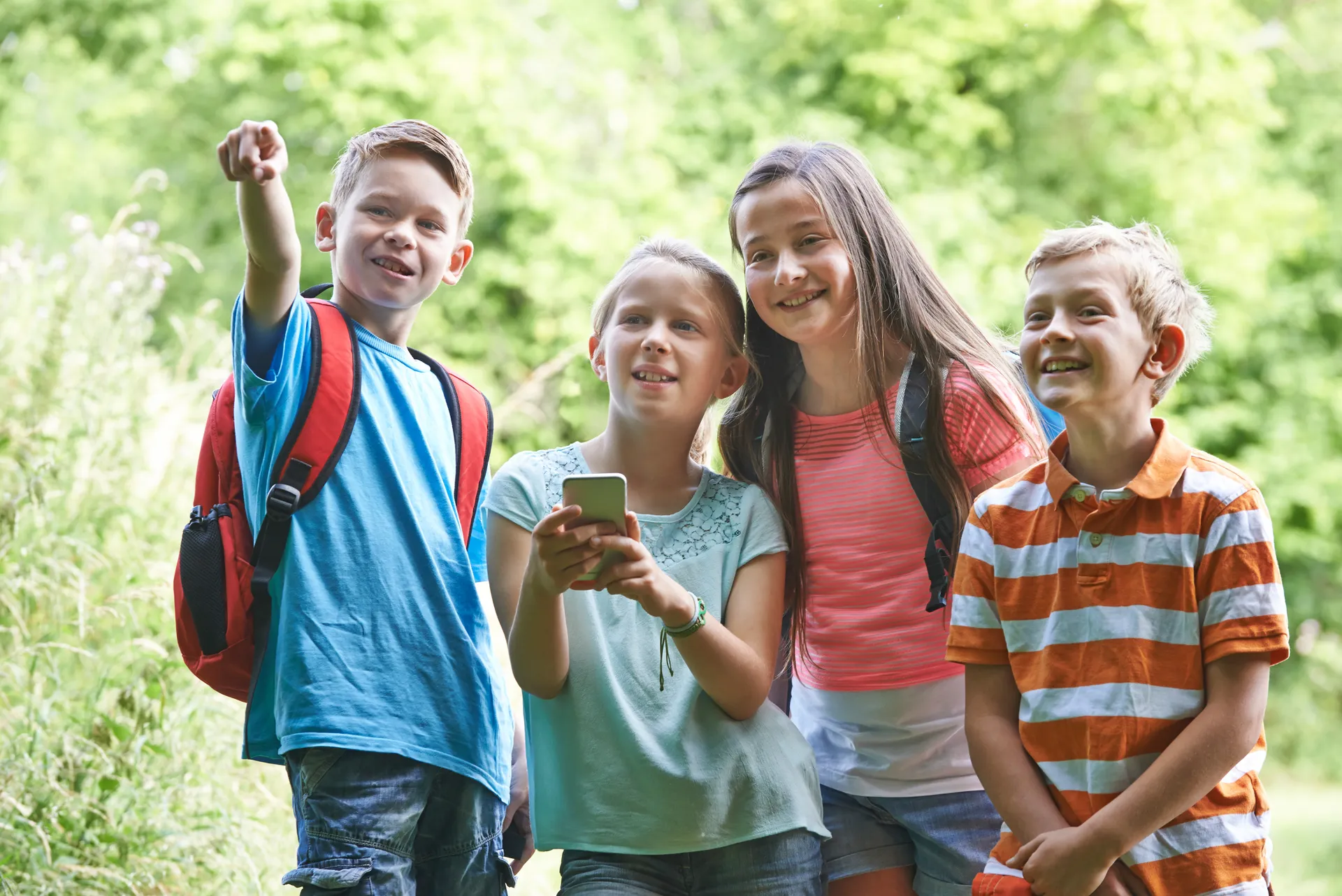Join the census during Australian Pollinator Week
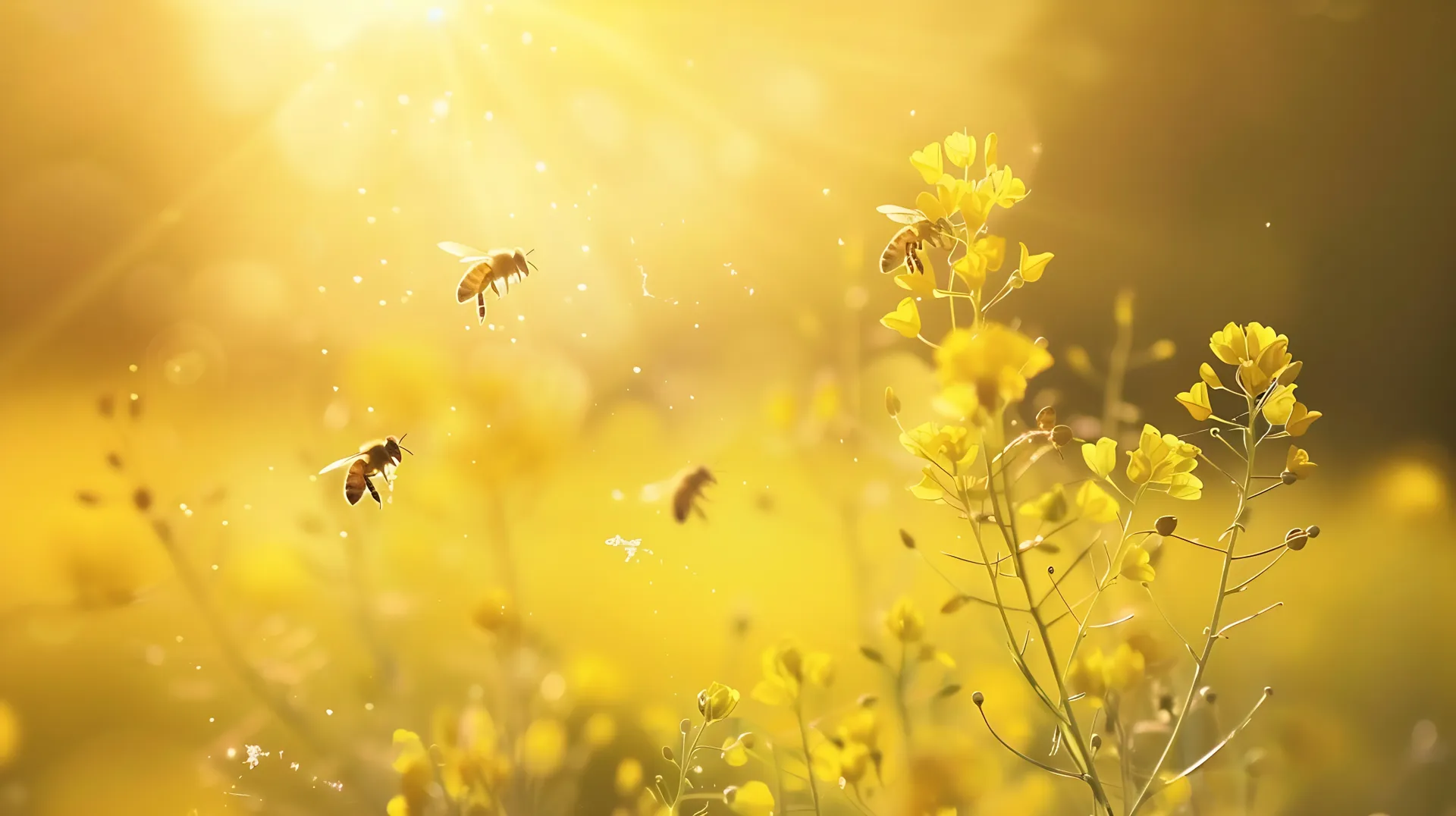
Event has ended
From citizen science to planting bee friendly plants, celebrate our tiny buzzing heroes this Australian Pollinator Week 9 - 17 November
Did you know?
There are around 1,700 native bee species found across Australia, with about 200 species commonly found in Queensland.
The most well-known bee species here include social bees like the European honeybee (Apis mellifera) and native social bees like the Australian stingless bee (Tetragonula and Austroplebeia species).
There are also many solitary bees, such as blue-banded bees (Amegilla) and resin bees (Megachile). These bees, along with other insects, birds, and bats, play crucial roles as pollinators in this region.
The Australian Pollinator Count is taking place during Australian Pollinator Week
Taking part is quick and easy. You simply need to observe some flowers for 2 minutes, record the pollinators you see and register your results.
Follow the three step process below to get started.
- Learn
- Test
- Count
Sunshine Coast Pollinators
Check out these key pollinators on the Sunshine Coast
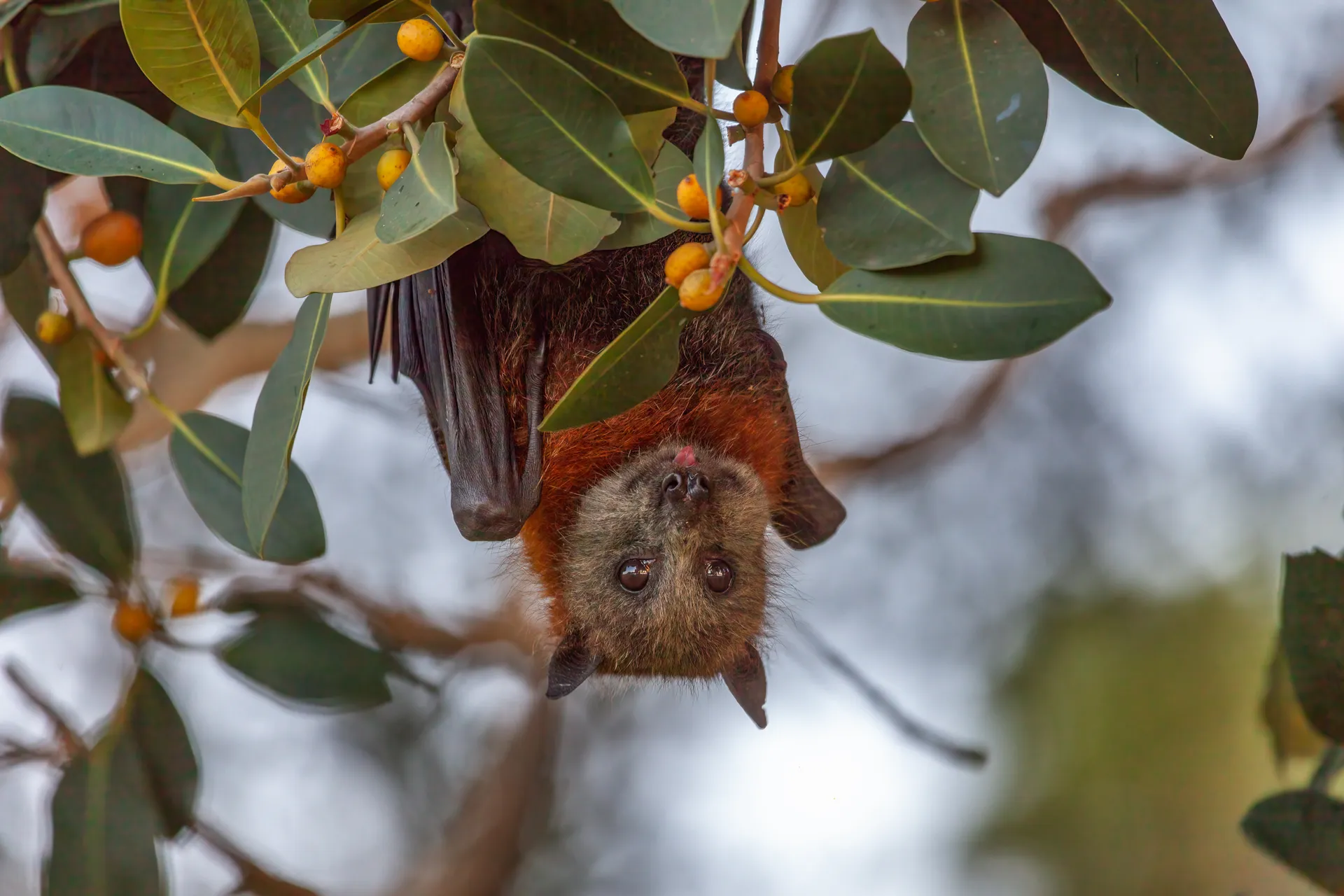
Bees: Honeybees, stingless bees, and native solitary bees are vital pollinators. Stingless bees are excellent for tropical and subtropical environments.
Butterflies and Moths: They contribute to the pollination of flowering plants.
Birds: Species like honeyeaters feed on nectar and help pollinate flowers, especially for native plants.
Bats: Fruit bats (flying foxes) help pollinate native Australian plants like eucalypts.
Flies and Beetles: Although less celebrated, they play significant pollinating roles in various ecosystems.
Ways to Attract Bees and Pollinators to Your Garden
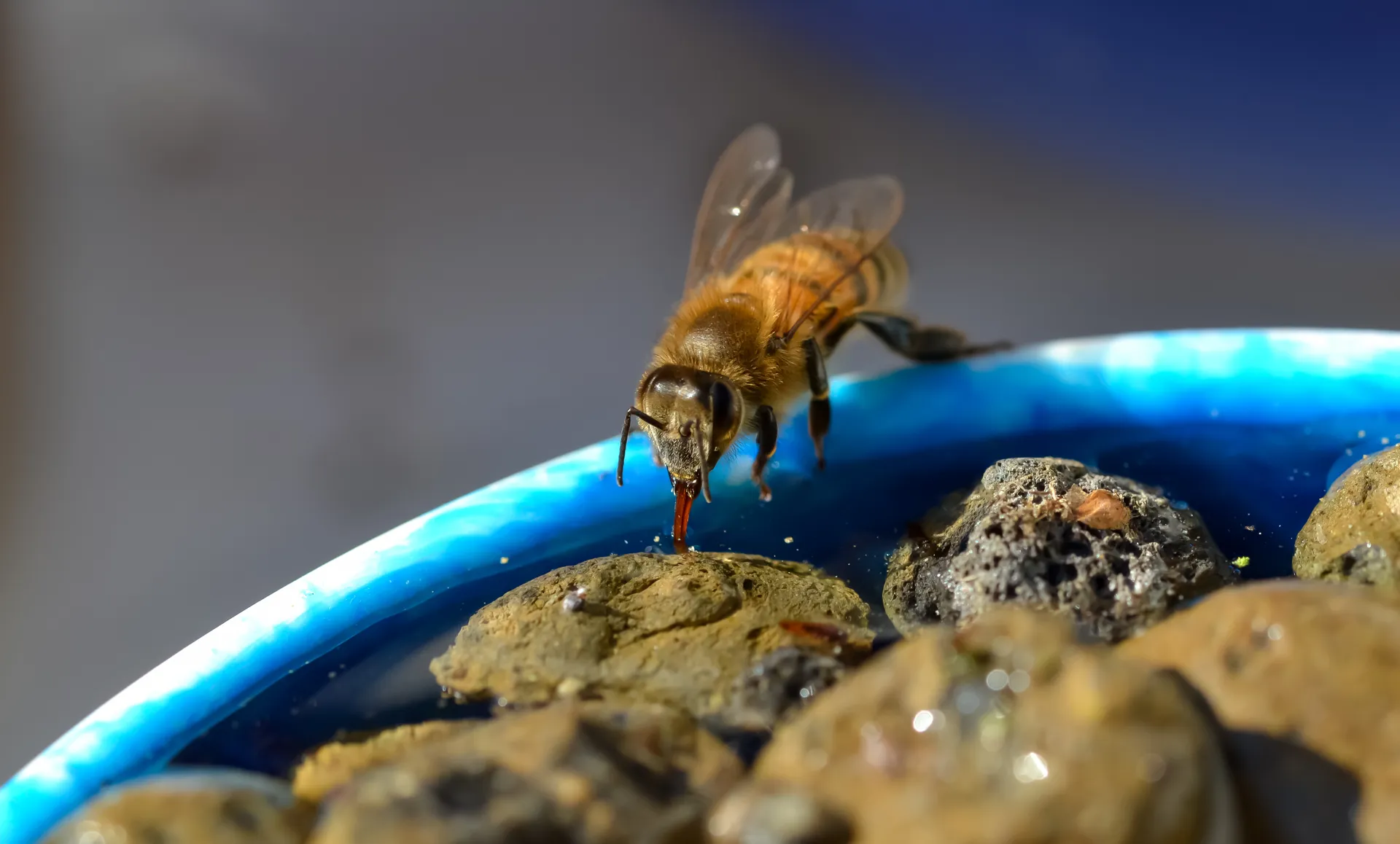
Plant Native Flowering Plants: Choose local natives like bottlebrush, grevillea, tea tree, and eucalyptus. These plants attract and sustain native bees and other pollinators.
Provide Water Sources: Place shallow dishes with pebbles or floating wood, so bees and other insects can drink safely.
Create Habitat Spaces: Build “bee hotels” for solitary bees to nest in, using drilled wood or bamboo.
Avoid Pesticides: Pesticides can harm bees, so opt for natural pest control methods instead.
Plant Diverse Flowering Plants: Include a variety of plants that bloom at different times to provide year-round food sources.
Let Some Plants Go to Seed: For example, leaving herbs like basil and coriander to flower can attract bees.
Categories:




